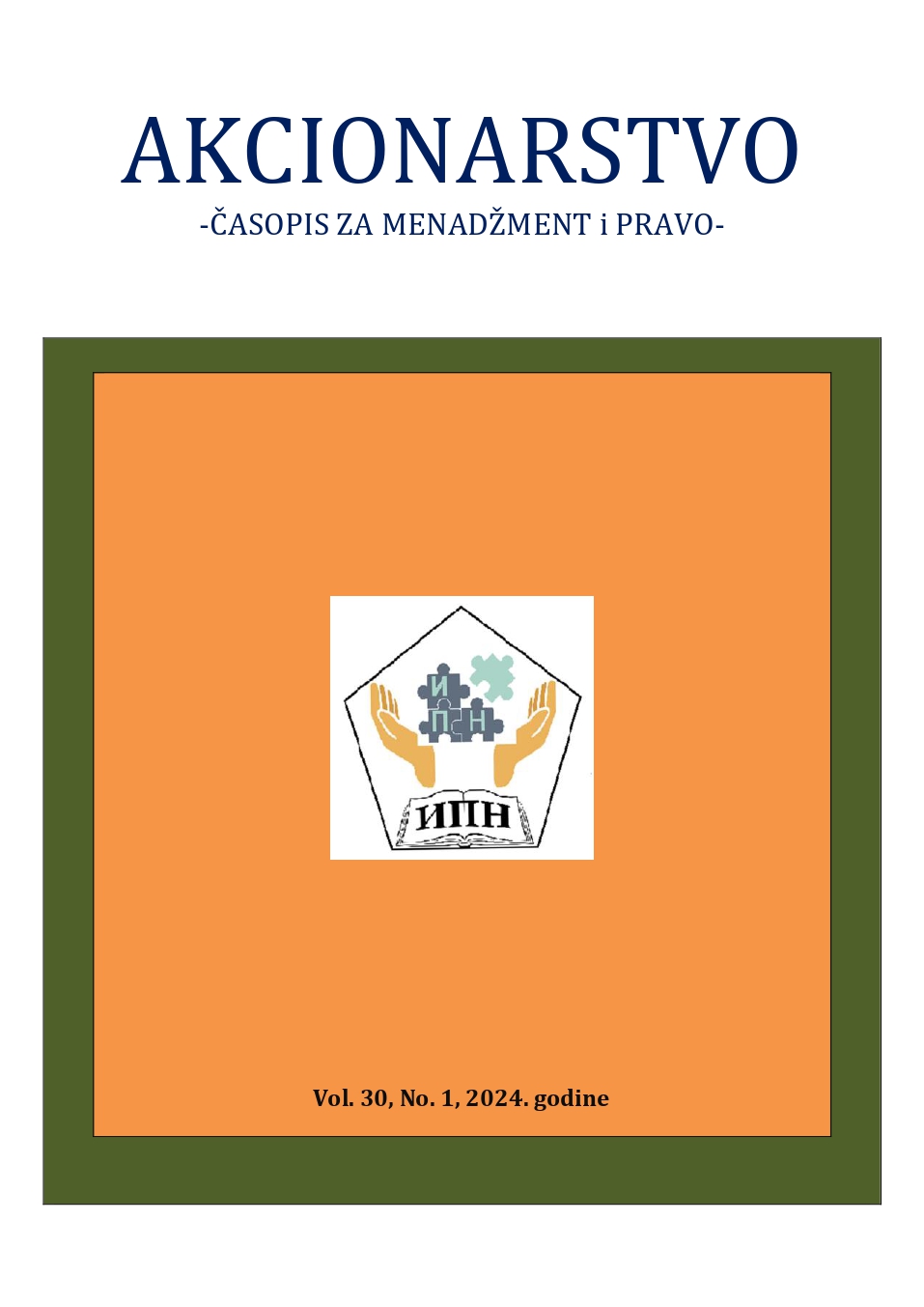ANALIZA UTICAJA MIKROEKONOMSKIH POKAZATELJA NA NIVO DUGA KOMPANIJA: PRIMER KOMPANIJA LISTIRANIH NA
BEOGRADSKOJ BERZI
ANALYSIS OF THE INFLUENCE OF MICROECONOMIC INDICATORS ON THE LEVEL OF COMPANY DEBT: AN EXAMPLE OF COMPANIES LISTED ON THE BELGRADE STOCK EXCHANGE
Author(s): Miloš Đaković, Branimir Kalaš, Milica InđićSubject(s): Economy, Business Economy / Management, Micro-Economics
Published by: Centar za ekonomska i finansijska istraživanja
Keywords: Indebtness; Long-term debt; Short-term debt; Pecking order theory
Summary/Abstract: The aim of the study is to investigate the impact of certain microeconomic indicators on the level of indebtedness of companies listed on the Belgrade Stock Exchange. The sample contains 25 listed companies and the study covers the period from 2007 to 2022. The study defines three models, where the first includes the analysis of the effect of selected independent indicators on the level of total debt, while the second and third models include the effect of independent indicators on the level of short-term and long-term debt. Also, the study was conducted in order to check the applicability of the "Pecking order" theory on the example of the Republic of Serbia. Previous studies in this area have suggested a significant effect of microeconomic indicators on debt levels as well as the application of the "Pecking order" theory. Most of the studies were conducted on the example of developed markets, so this study, through the example of the Serbian market, provides an insight into the state of the market of a developing country. The results indicated a statistically significant and negative effect of liquidity, profitability and tangibility of assets, while company size showed a positive effect. Liquidity, profitability and tangibility of assets showed a negative and statically significant effect in the case of short-term debt, while the age and size of companies showed a positive effect. In the case of long-term indebtedness, receivables turnover and company size showed a statistically significant and positive effect. Empirical findings also confirm the applicability of the "Pecking order" theory.
Journal: Akcionarstvo
- Issue Year: 30/2024
- Issue No: 1
- Page Range: 197-216
- Page Count: 20
- Language: Serbian

